Custom Jewelry
Many people are wary of leaving their diamond rings to be repaired at a jewelry store for fear that the jeweler might replace their diamond with another one. While most jewelers are unlikely to risk their reputation in such a way, it is still good to know how you can identify your diamond if needed.
Using Diamond Characteristics for Identification
One of the most straightforward ways to recognize your diamond is to know its distinctive features well.
You might think that all diamonds are the same, but if you look at a stone really hard, you will start to notice some characteristics that make it different from others.
The diamond feature that is impossible to falsify is the configuration and type of the stone’s flaws: Their number and location, taken together, are unique to each diamond.
If you memorize some of your stone’s inclusions or external flaws, you will be able to tell your diamond from others just by looking at it.
If your diamond has a characteristic black spot or a line inside of it, for example, use that as a recognition mark.
Sometimes, you will need to use a 10x loupe to be able to view your stone’s inclusions if its clarity is really high.
Using Diamond Characteristics for Identification
One of the most straightforward ways to recognize your diamond is to know its distinctive features well.
The diamond feature that is impossible to falsify is the configuration and type of the stone’s flaws.
You might think that all diamonds are the same, but if you look at a stone really hard, you will start to notice some characteristics that make it different from others.
The diamond feature that is impossible to falsify is the configuration and type of the stone’s flaws: Their number and location, taken together, are unique to each diamond.
If you memorize some of your stone’s inclusions or external flaws, you will be able to tell your diamond from others just by looking at it.
If your diamond has a characteristic black spot or a line inside of it, for example, use that as a recognition mark.
Sometimes, you will need to use a 10x loupe to be able to view your stone’s inclusions if its clarity is really high.
You can also use the diamond’s external flaws: Simply remember where some of the more visible chips or nicks on its surface are located.
After you’ve studied your stone’s characteristics, pick some of them to use as marks and put down a description of their appearance and location on paper.
Next time you pick up your diamond jewelry after a repair, look for those characteristics in the diamond you are given back to find out if that is really your stone.
Inspecting the Diamond Plot
If you decide that using the flaws in your diamond for recognition is a good idea, here’s something that will make your life easier: a diamond plot. This is a map of the flaws in a diamond as seen under magnification and is unique to each stone.
If your diamond is certified (as it should be), you can usually find the diamond plot in the stone’s grading report. Whenever you want to make sure that the stone you have is your original diamond, just take out the plot and check whether the configuration of the diamond’s inclusions matches the one that is plotted.
Identifying Diamonds by Carat Weight
Another way to find out whether a stone is your original diamond is to weigh it and record its weight before you leave your jewelry at the store to be repaired. Since diamonds do not come in perfectly identical and round carat weights, this is yet another way to identify your stone.
If your diamond’s weight is 0.183 g, for example, it should weigh the same after you get it back from the store.
It is best to weigh your diamond loose, however, as your mounting’s weight can change before after the repair depending on whether new parts or additional metal was used in fixing the piece.
This method has more limitations than using the diamond’s inclusions as you will need a precise scale to weigh your stone and you will most likely need to take it out of its mounting.
Checking the Diamond’s Laser Inscription
The easiest way to recognize your diamond is to use its diamond inscription: A small number that is engraved with laser on the stone’s edge.
The laser inscription is unique to each diamond and should be included in the stone’s grading report. Checking this number using magnification is the fastest way to identify your diamond.
If your stone will need to be taken out of its setting during the repairs, ask the jeweler to make sure that when the diamond is put back in, the laser inscription is clearly visible and not hidden by the mounting. This way, you would be able to check the ID number quickly while at the store.
The problem with diamond inscriptions is that not all stones have them, for various reasons: The diamond might not be certified, or even if it is, the manufacturer may have chosen not to have the diamond inscribed.
If that’s the case, you can always pay to have your diamond inscribed by a grading lab, or alternatively, you can rely on your stone’s inclusions for identification.


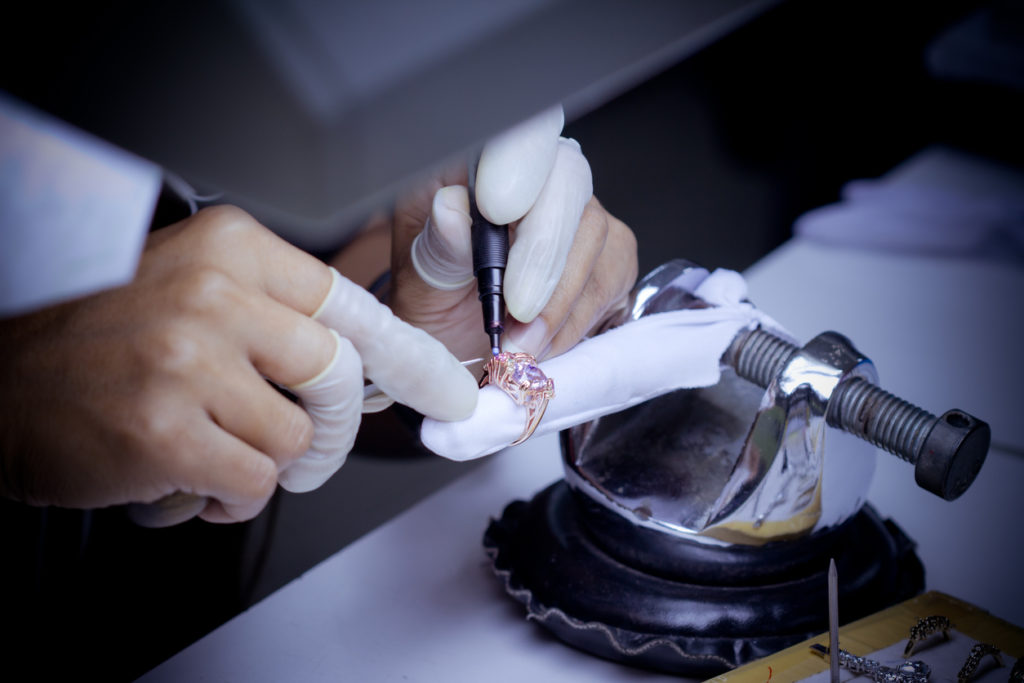


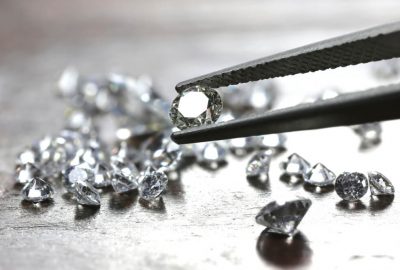
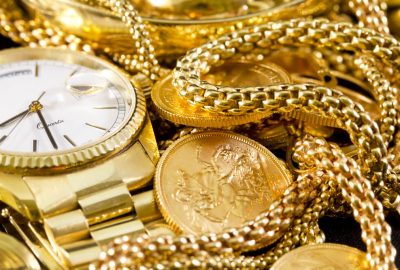

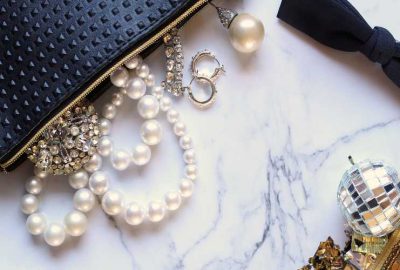
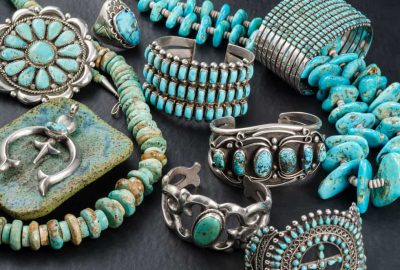



































Leave a reply